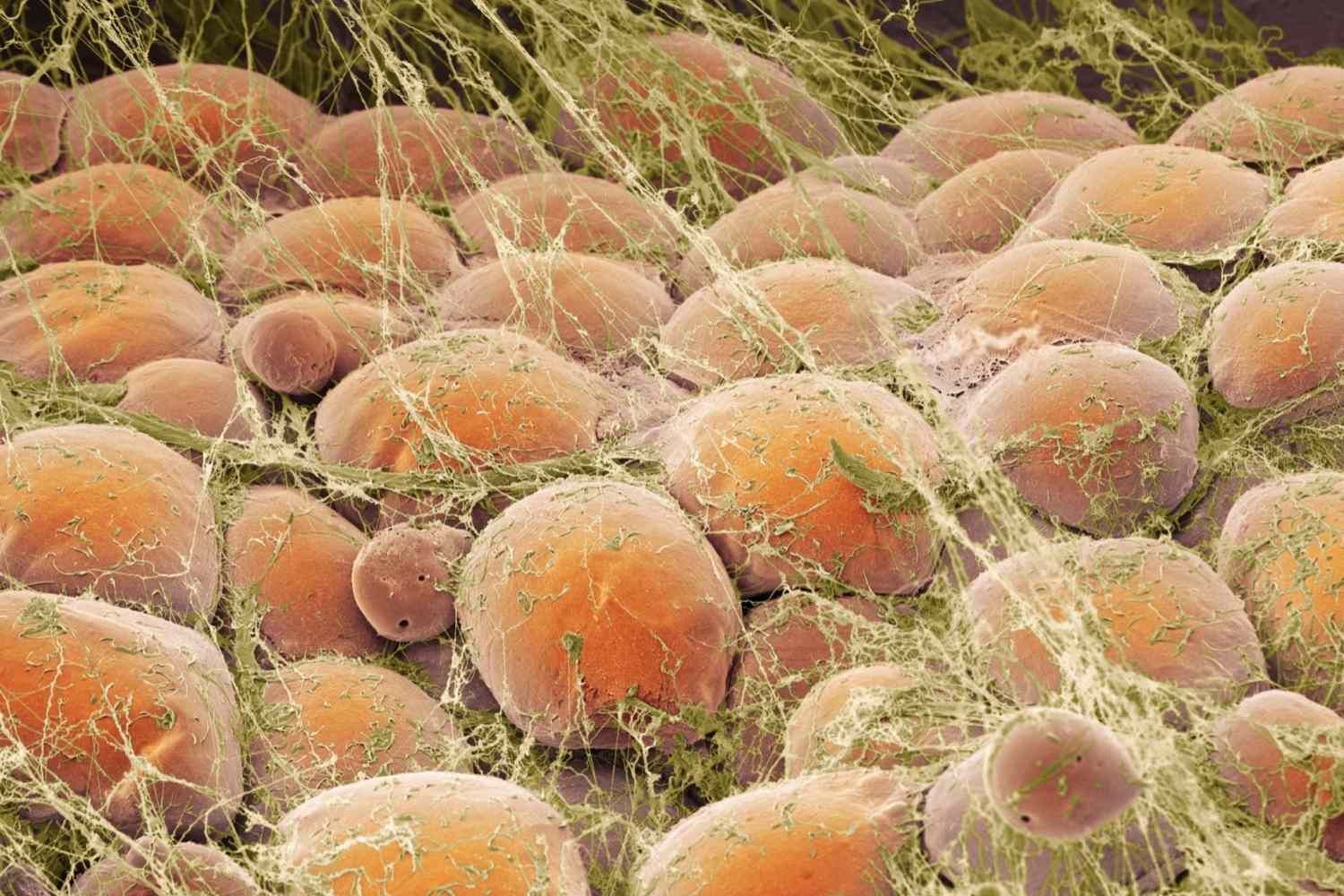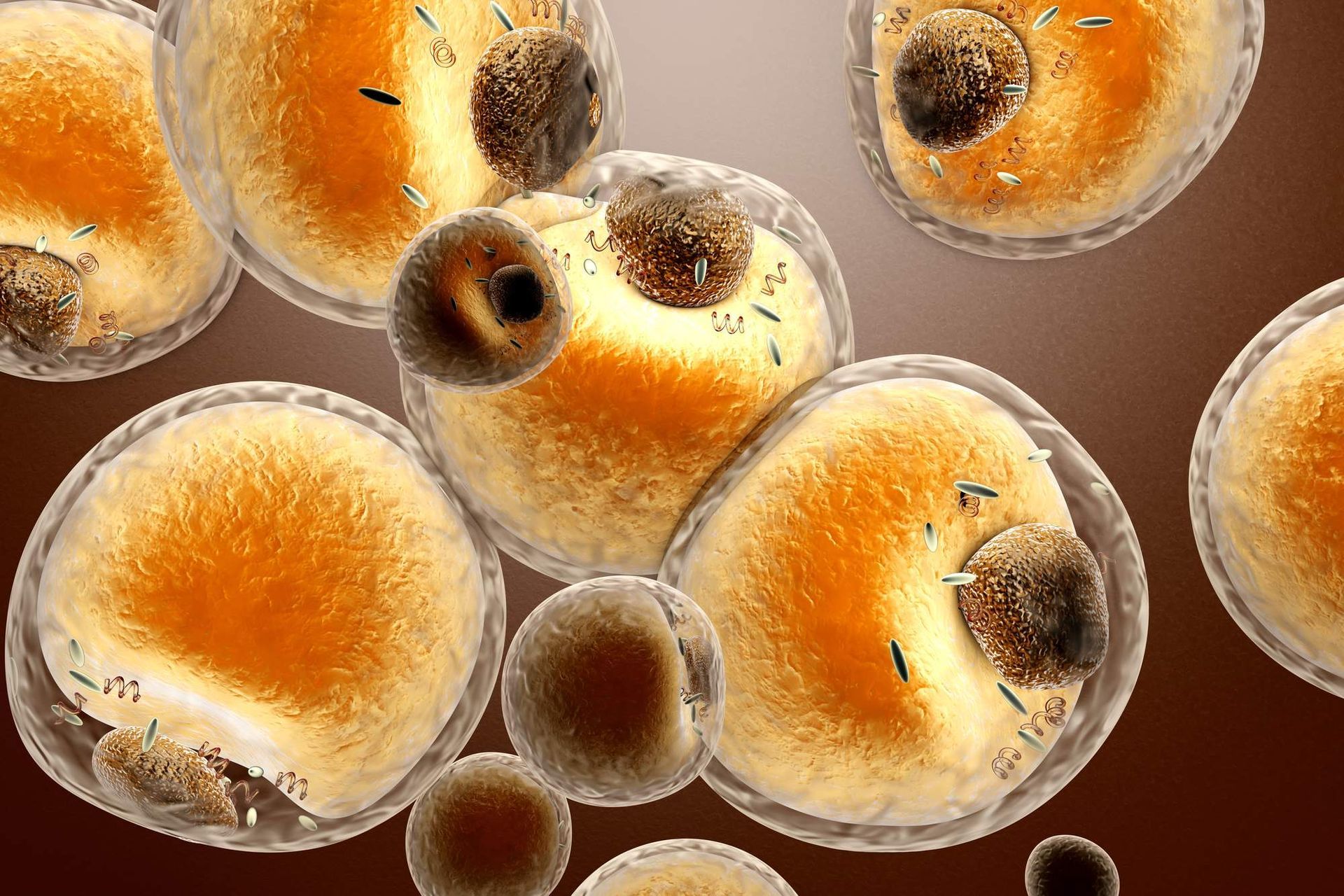Unhealthy Fat Cells, the science behind it and what you need to know!
Unhealthy Fat Cells in Scottsdale, AZ ,
the science behind it and what you need to know!

Adipocytes, (fat cells), while essential for energy storage and metabolism regulation, can become dangerous when they transition into unhealthy states. These dysfunctional fat cells are a significant contributor to various health problems. They release pro-inflammatory molecules, fueling chronic inflammation throughout the body, which is a root cause of many diseases, including cardiovascular issues and insulin resistance. Unhealthy adipocytes can lead to insulin resistance, impairing glucose regulation and promoting type 2 diabetes. They disrupt appetite control by triggering leptin resistance, contributing to overeating and obesity. Furthermore, these cells release excessive fatty acids into the bloodstream, exacerbating metabolic disturbances. As an endocrine organ, adipocytes can disrupt hormonal balance, affecting multiple bodily functions. In essence, unhealthy adipocytes are dangerous due to their capacity to trigger and exacerbate a range of health conditions, making them a critical focus in the battle against obesity-related diseases.
These are some of the many problems that unhealthy fat cells contribute to.
Inflammation: Unhealthy fat cells often release pro-inflammatory molecules known as cytokines. This chronic low-grade inflammation can lead to systemic inflammation, which is associated with a range of health issues, including cardiovascular disease, insulin resistance, and obesity-related complications.
Insulin Resistance: Adipocytes play a crucial role in regulating insulin sensitivity. Unhealthy fat cells can become resistant to the effects of insulin, a hormone that helps regulate blood sugar levels. When this happens, the body may need to produce more insulin, leading to higher insulin levels in the bloodstream. Insulin resistance is a hallmark of type 2 diabetes.
Leptin Resistance: Fat cells produce a hormone called leptin, which regulates appetite and body weight. In unhealthy individuals, the body can become resistant to leptin, leading to increased hunger and reduced feelings of fullness, which can contribute to overeating and obesity.
Storage of Excess Fat: Healthy fat cells store excess energy as triglycerides. When these cells become dysfunctional, they may have a reduced capacity to store excess fat. This can lead to the accumulation of fat in other tissues, such as the liver (non-alcoholic fatty liver disease) and muscle cells, which can impair their function.
Hormone Dysregulation: Adipose tissue is an endocrine organ, meaning it secretes hormones that influence various physiological processes. Unhealthy fat cells can disrupt hormonal balance by producing too much or too little of certain hormones, such as adiponectin (which helps regulate glucose and fatty acid metabolism), leading to metabolic disturbances.
Oxidative Stress: Dysfunctional fat cells can produce excessive reactive oxygen species (ROS), leading to oxidative stress. This oxidative stress can damage cells and tissues, contributing to chronic diseases and accelerating the aging process.
Hypoxia (Low Oxygen Levels): As fat tissue expands, it can outgrow its blood supply, leading to regions of low oxygen (hypoxia). This can trigger the release of inflammatory molecules and further contribute to adipose tissue dysfunction.
Dysregulated Lipolysis: Healthy fat cells release stored fat (lipolysis) as needed for energy. In unhealthy fat cells, this process can become dysregulated, leading to excessive release of fatty acids into the bloodstream, which can contribute to insulin resistance and other metabolic problems.
Genetics and Epigenetics: Genetic and epigenetic factors can play a role in determining the health of fat cells. Some individuals may be genetically predisposed to having unhealthy fat cells, but lifestyle factors, such as diet and physical activity, can also influence gene expression and adipocyte function.
Overall, unhealthy fat cells are a central component of obesity-related health issues and are closely linked to the development of metabolic syndrome, type 2 diabetes, cardiovascular disease, and other chronic conditions. Lifestyle changes, such as a healthy diet and regular physical activity, can help improve the health of fat cells and mitigate these negative effects. Additionally, medical interventions and medications may be used in some cases to address specific issues associated with unhealthy fat cells.
Contact us to set up an evaluation/consultation to reduce your unhealthy fat cells.





